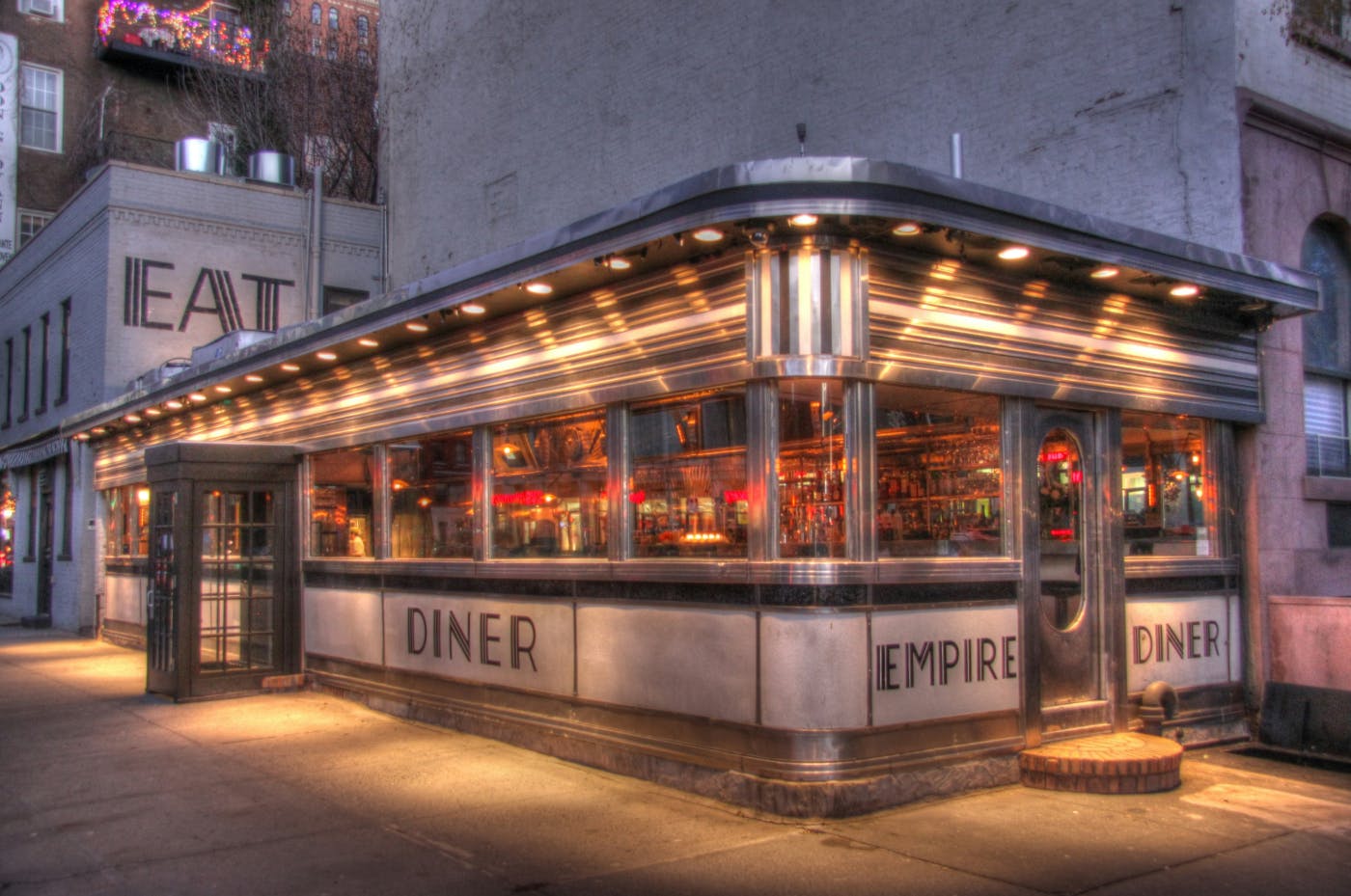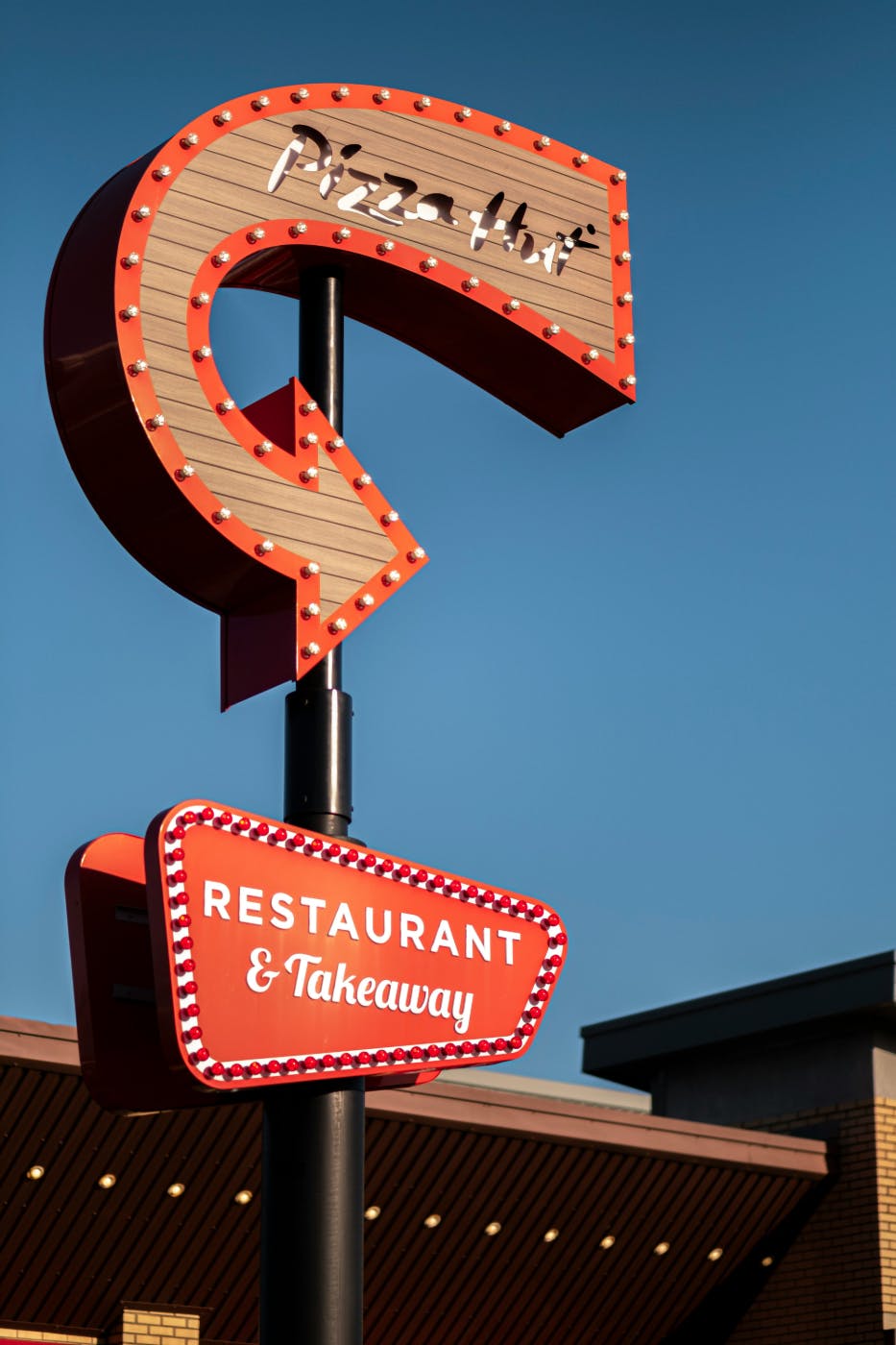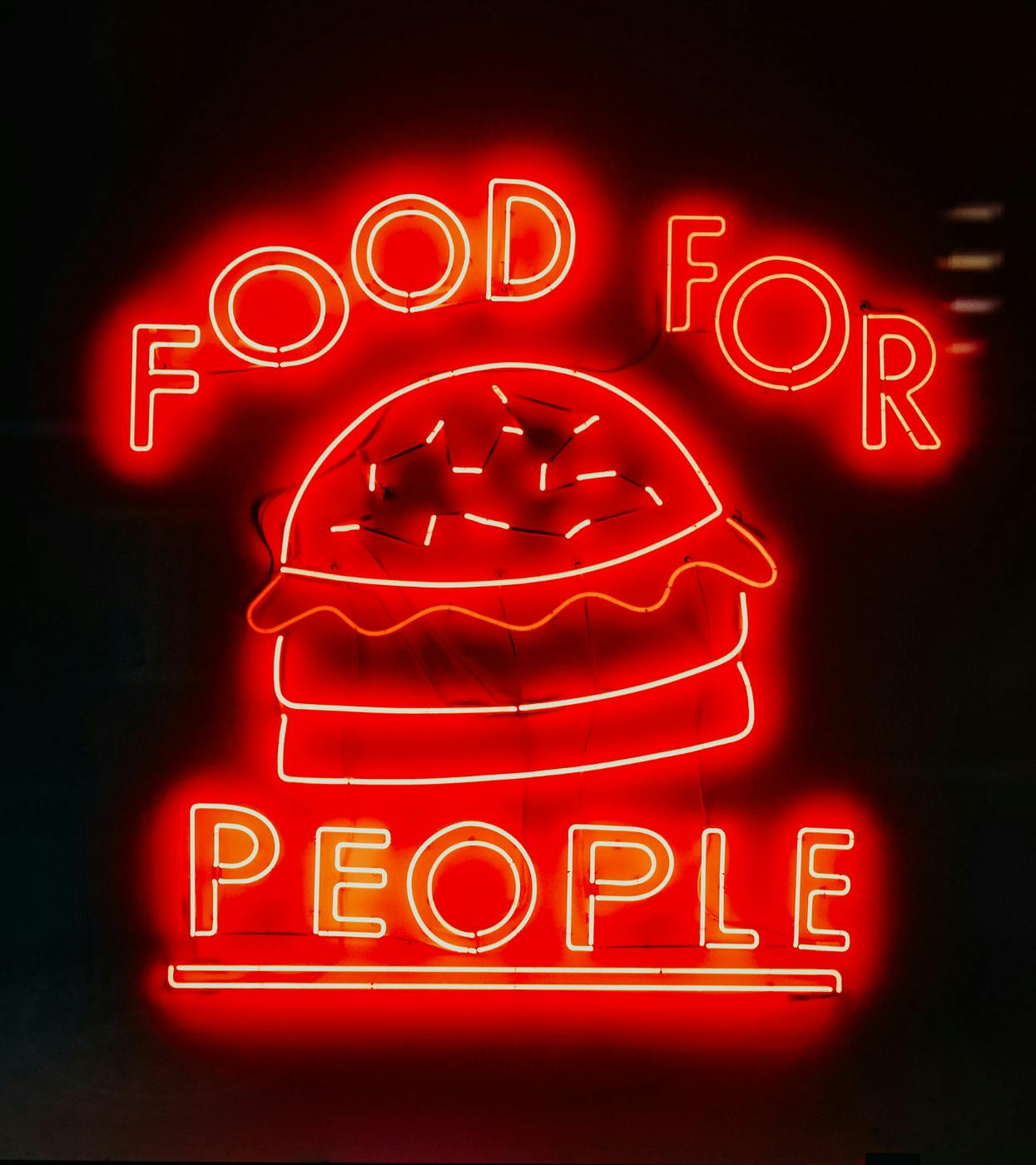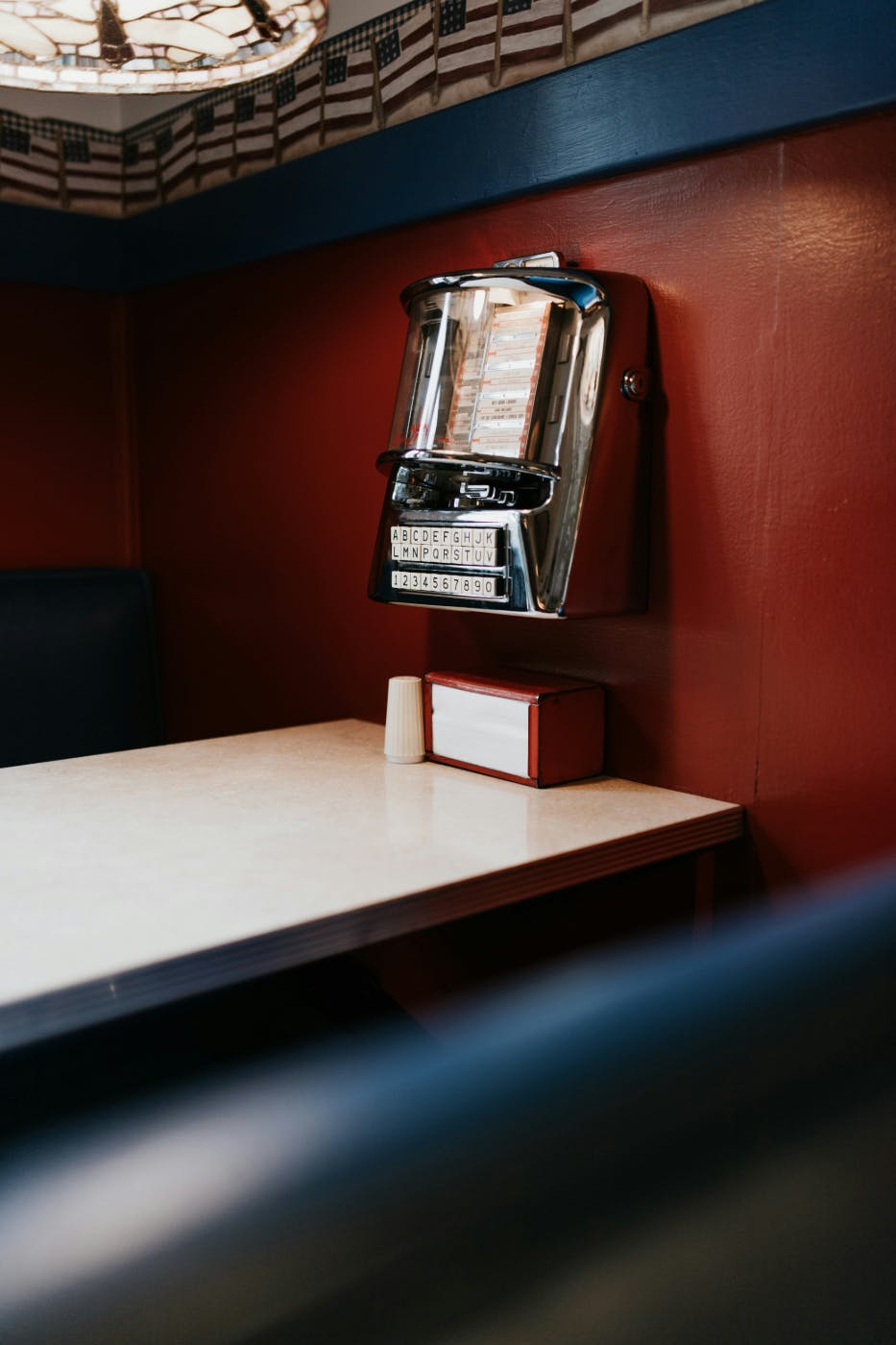
Third places are disappearing. Remote work has emptied office buildings. Rising rents have closed neighborhood cafés and bookstores. Algorithms have pushed much of our socializing online.
Back when I was working for Disney and living in Orlando, I had a local. Not a friend—a bar. A place I went often enough to be known. A place that felt good to me. Welcoming. Safe. I could walk in alone, order a drink, and not be bothered.
It turns out I’d walked into this pub the day it opened. They had Newcastle Brown on tap, and I was one of the few people in that tourist-heavy town who knew how to tip. I said please and thank you. I didn’t linger too long. And in a matter of weeks, I became a regular. So much so that when the place was packed, and someone else was sitting in my stool—the one at the end of the bar—they’d politely ask that person to move. I belonged.
I liked belonging.
I liked that if someone was looking for me, all they had to do was stop by Katie O'Brien’s. I had my birthday there. Introduced friends to the place. Made it our home base. One morning, a bunch of us even called in sick to work so we could catch Ireland play in the World Cup and eat full English breakfasts. Katie’s became my place—my chez away from chez. My third place.
When I left Florida, they put a small brass plaque on the bar where I used to sit. I’d been immortalized in the quiet way that really mattered.
I’ve always been someone who finds a place. Being on the road as an actor, you learn how to make a terrible apartment feel like home fast—and how to find the best, most relaxing bar to anchor yourself during a long contract. Having a place matters. It grounds you. It holds your routines. It catches you when you don’t feel like being alone, but also don’t feel like talking.
Katie’s wasn’t just another bar in a city full of them. It was off the beaten path, mostly tourist-free, and filled with people I cared about. Birthdays, first dates, rough days, random Tuesdays—they all filtered through that place. It became part of the fabric of my life.
Not everyone gets a brass plaque or a barstool of their own, but most of us long for something like that—a place that feels easy, familiar, and ours. A place that exists between home and work, where we can just be. Sociologists have a name for it: the third place.

What Is a “Third Place”—and Why Do We Need One?
Sociologist Ray Oldenburg coined the term third place to describe the spaces that exist between home (the first place) and work (the second). These are informal gathering spots—cafés, libraries, parks, pubs—where community happens naturally, where people can show up without appointments or expectations, and where relationships are built in the in-between moments of life.
Third places are where we go not just to do something, but to be somewhere. They’re low-pressure, low-cost, and accessible. They don’t require dressing up or checking in. And while they may seem ordinary, they quietly shape our sense of belonging.
The problem? Third places are disappearing. Remote work has emptied office buildings. Rising rents have closed neighborhood cafés and bookstores. Algorithms have pushed much of our socializing online. And for many people, especially in car-heavy or rural areas, the idea of a walkable, welcoming third place is more fantasy than fact.
And yet, we still crave them. We still look for somewhere to go when we don’t want to go home, when we need a reset, or when we just want to feel near other humans. In the absence of traditional third places, people are finding that role filled by an unexpected substitute: the chain restaurant.
It might not sound poetic at first, finding belonging under fluorescent lights with a laminated menu in hand. But the truth is, chain restaurants are doing something right. They’re showing up where community has gone missing, offering a kind of comfort that’s surprisingly rare—and surprisingly powerful.

The Secret Sauce: Consistency, Comfort, and Control
At first glance, a fast-food joint or chain restaurant doesn’t seem like the obvious replacement for a beloved pub or cozy neighborhood café. But dig a little deeper, and it starts to make sense.
For one, they’re consistent. A Denny’s in Iowa is pretty much the same as a Denny’s in Oregon. Same menu, same booths, same smell of syrup and bleach and bacon grease. And in a world that’s constantly shifting—jobs, news cycles, rent prices, even social norms—consistency starts to feel like a gift.
Then there’s comfort. No one’s judging your outfit at Olive Garden. You don’t need to be “cool” to sit at Chili’s. There’s no velvet rope, no curated vibe, no pressure to order something artisanal. You just sit, snack, and settle in. You can come alone and not look out of place, or bring ten friends and know there’ll be a table big enough to hold the chaos.
And finally, there’s a sense of control. You know the process: walk in, order, wait, eat, leave. No surprises. No weird social dynamics. No pressure to tip based on some mysterious level of attentiveness. Just food, fast, and an environment that asks nothing of you except that you show up hungry.
That’s why teenagers hang out at Taco Bell and retirees camp out at McDonald's. That’s why groups of night-shift nurses head to IHOP at 8 a.m. and why people do homework at Panera Bread. These places offer something rare: uncomplicated belonging.
And that uncomplicated belonging? It’s not just a happy accident. In some cases, it’s been baked right into the brand. Let’s look at how a few chains have turned this vibe into strategy.
Branding for Belonging: How Chains Lean Into Culture
Some chains don’t just accidentally become third places—they embrace it. They build for it. They lean into the role of being the neutral ground, the comfort zone, the slightly weird but always welcoming middle space in people’s lives.
Waffle House, for instance, has achieved near-mythical status—open 24/7, come hurricane or hangover. It’s the place where everyone, from truckers to bachelorette parties, ends up at 3 a.m. You don’t go there for fine dining. You go because it’s always there, and it never asks more from you than you’re ready to give.
Olive Garden, with its “When you’re here, you’re family” tagline, leaned hard into faux-familial comfort. Sure, it’s not real Italian food, but that’s not the point. The point is that it feels familiar, abundant, and oddly ceremonial. Breadsticks. Soup. Pasta. Repeat.
Taco Bell has long embraced its status as the fast-food philosopher of late-night cravings. From bizarre ad campaigns to menu items with names like “Crunchwrap Supreme,” it owns its identity and welcomes anyone who leans into the absurdity with open arms and Fire Sauce packets.
Cracker Barrel wraps you in Americana nostalgia—rocking chairs, peg games, country store kitsch. It may not be modern, but it doesn’t want to be. It wants to remind you of road trips, grandparents, and a slower kind of afternoon.
And even McDonald’s, the global king of fast food, has managed to stay emotionally relevant by being exactly what people expect. Whether you’re in Minneapolis or Madrid, those golden arches feel like home to someone, especially travelers, expats, or anyone far from their usual routine.
These brands don’t just sell food. They sell familiarity. They sell rhythm and ritual. They don’t try to be exclusive or elite—they aim for comfort and cultural saturation. And in a fractured, high-stress world, that can feel like salvation.
But this sense of cultural comfort doesn’t stop at the booths and barstools. Online, it’s taken on a whole new life—and it’s somehow made these spaces even more beloved.

Memes, TikToks, and Unlikely Love Stories
For a while, chain restaurants were the punchline—basic, bland, suburban staples with no edge and no cool factor. But something shifted. Maybe it was irony. Maybe it was sincerity sneaking back into culture through the side door. Either way, chain restaurants are no longer just places to eat—they’re content, they’re nostalgia, they’re vibes.
You’ll find couples taking prom photos at Waffle House. Birthday parties at Chili’s with matching shirts. Engagement shoots at Arby’s. People romanticize these places not because they’re glamorous, but precisely because they aren’t. It’s the anti-hype. The unfiltered. The real.
On TikTok and Instagram, these restaurants have become stages for absurdist comedy and oddly emotional storytelling. The “Waffle House fight video” genre is its own cultural export. Olive Garden is suddenly a love language. People plan entire nights around intentionally understated dining—like going to Applebee’s in formal wear, just for the joke (and maybe the jalapeño poppers).
In a strange way, what started as satire has morphed into affection. These places are no longer ironic. They’re beloved. They’re rituals wrapped in memes, comfort dressed in corporate logos. And the brands that embrace this—without trying too hard—reap the benefits.
Because when the internet turns your booths into backdrops and your soda machines into symbols, you’re not just in the food business anymore. You’re part of the culture.
And for brands that aren’t in the restaurant world, there’s still a lesson here, because this isn't just about burgers and booths. It's about what people actually want when they feel untethered. Let’s dig into that.
Why It Works—and What Other Brands Can Learn
Chain restaurants aren’t winning hearts because they’ve nailed some high-gloss branding formula. They’re winning because they’ve found a way to show up in people’s lives with quiet consistency. They don’t demand attention—they earn familiarity. And that creates something a lot of brands chase but rarely catch: emotional proximity.
These places succeed because they offer what people need right now, and not just on the menu. They provide:
- Control in a world that feels out of it<br />
- Comfort in places that are increasingly performative<br />
- Accessibility when so many spaces have become exclusive or expensive<br />
- Reliability when most things—from work to housing to relationships—feel temporary<br />
That makes them more than restaurants. They become rituals. Anchors. Places where the vibe is consistent, the expectations are low, and the feeling that you belong here is built into the experience.
And here's where the opportunity lies for brands outside the food world:
You don’t need to serve pancakes to serve as a third place.
You can be the app people open every night to wind down.<br />You can be the product someone takes with them from job to job, city to city.<br />You can be the service that works exactly how they want it to—every single time.
Because what people crave isn’t novelty—it’s normalcy. And in a culture obsessed with disruption, comfort is strangely rebellious. Brands that offer that—who lower the stakes instead of raising them, who reduce friction instead of adding flourish—become fixtures. Not fads.
And the magic happens when that consistency comes with just enough soul. Just enough humanity. Not overly curated or polished—but inviting, familiar, lived-in. Like a barstool that still has your imprint.
Brands that want to create lasting emotional ties can take a cue from the Cracker Barrels and Taco Bells of the world:
- Show up the same way, every time.<br /><br />
- Offer something simple and honest.<br /><br />
- Leave room for people to make it theirs.<br /><br />
The chains that win aren’t winning because they’re the best. They’re winning because they’re there when people need them, in ways that feel low-pressure but high-touch.
That’s branding as presence. And it works.
In the end, that’s what people remember—not the campaign, not the clever tagline, but the feeling of a brand being there when it mattered. Not flashy. Not loud. Just present. And sometimes, that quiet presence becomes something more than marketing. It becomes meaning.

Summing Up: Booths, Burgers, and Belonging
We don’t always notice the places that hold us until we need them. But when life feels scattered—when the workday is long, when the news is heavy, when home feels too quiet—somewhere, a booth is waiting. A laminated menu. A bottomless cup of coffee. A moment to breathe.
That’s the quiet power of chain restaurants: they’ve become the modern third place not by reinventing themselves, but by staying still while the world spins faster. They offer comfort without pretense. Familiarity without friction. And in doing so, they’ve become part of people’s everyday lives—not by demanding attention, but by being dependable.
At ThoughtLab, we believe that’s where great branding lives—not in big reveals, but in earned presence. In the long game. In being a part of someone’s routine, their nostalgia, their story. Because when a brand becomes a place—real or emotional—that people return to again and again, it becomes more than trusted.
It becomes theirs.

